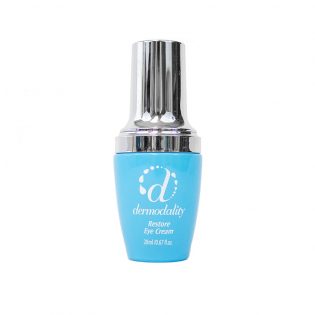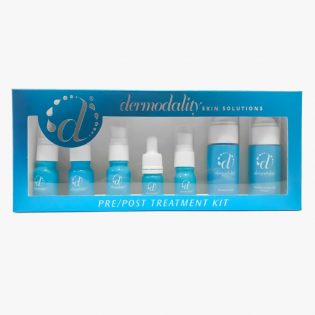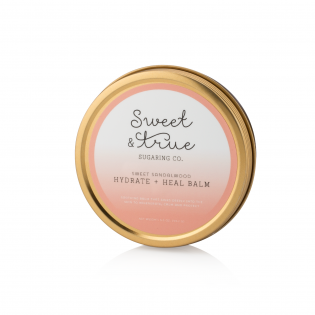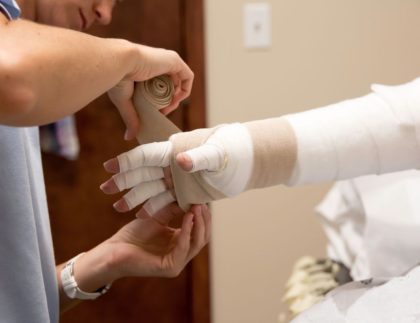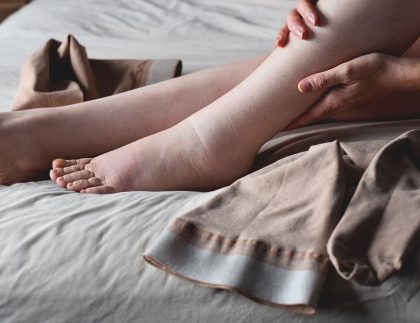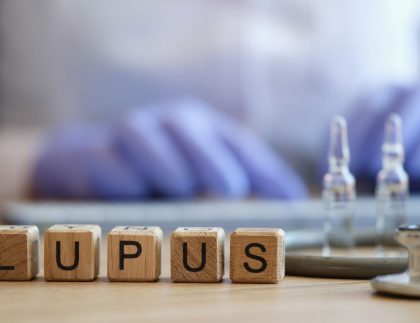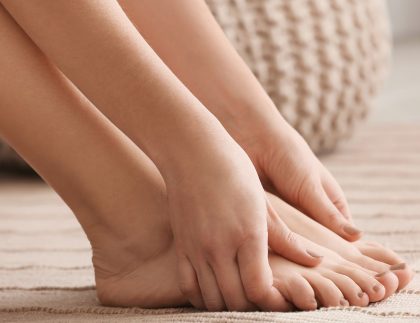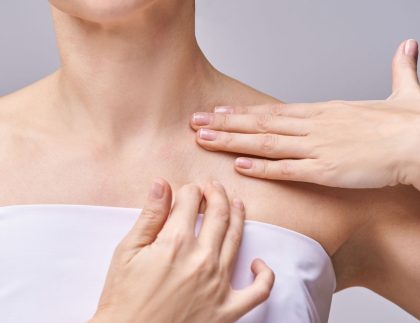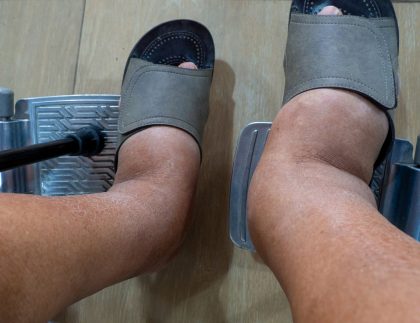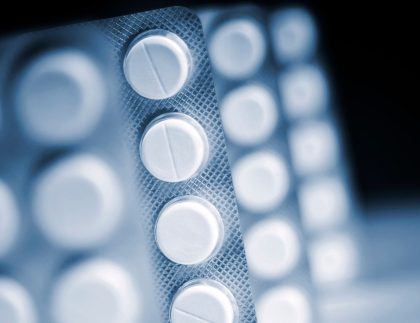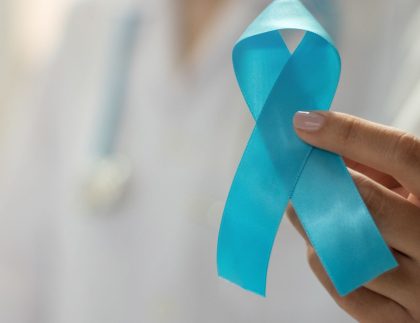
Empower yourself with knowledge and proactive measures to manage lymphedema after breast cancer treatment. Early detection and comprehensive care are key to enhancing your quality of life.
Did you know that 30% of people who undergo breast cancer treatment will develop lymphedema? This chronic condition occurs when fluid rich in protein, called lymph, accumulates in the tissues just below the skin, causing swelling. Whether due to a poorly developed lymphatic system from birth or damage from surgery, radiation, or trauma, lymphedema poses challenges for many breast cancer survivors.
The Impact of Breast Cancer Surgery
Breast cancer surgery, particularly when Lymph nodes in the axilla (armpits area) are removed, increases the risk of developing lymphedema. Additionally, cancer cells blocking lymph nodes and radiation therapy can also contribute to its onset. While most individuals who have had lymph nodes removed may not develop lymphedema, it's crucial to be aware of the risk and promptly address any swelling that occurs.
Recognizing the Symptoms
Following breast cancer surgery, swelling in the arm and chest area is common and usually subsides within about three months. However, if swelling persists or develops in the arm, hand, breast, or chest, seeking professional advice is recommended. Other symptoms may include tightness in the affected areas, dry skin, and arm stiffness, which may limit movement in the joints.
Treating Lymphedema: A Comprehensive Approach
Lymphedema therapy aims to reduce the size of the affected limb and maintain that decrease. Early diagnosis is key to controlling lymphedema and minimizing its impact. Treatment typically involves four main elements:
- Manual Lymph Drainage (MLD): This gentle massage technique helps move excess fluid out of the limb.
- Compression Therapy: Applying pressure externally helps move fluid into the lymphatic system and prevents its return.
- Skin Care: Good skin care is essential to reduce the risk of infections like cellulitis.
- Exercise: Regular physical activity enhances circulation and promotes lymph flow, contributing to overall wellness.
The Importance of Compression Therapy
Compression therapy assists the tissue by applying pressure externally, helping move fluid into the lymphatic system for filtration and return to the body. The type of compression therapy needed depends on the severity of the swelling.
Understanding Manual Lymphatic Drainage (MLD)
MLD is a specialized massage technique aimed at improving lymph flow, directing fluid to drainage pathways, and softening hardened tissue. Four basic techniques are used: stationary circles, pumping, rotation, and scooping, followed by stroking the tissues toward normal drainage sites.
Maintaining Skin Health
Individuals with lymphedema face an increased risk of cellulitis and other skin infections due to compromised immunity. Bacteria can enter the body through breaks in the skin, fungal infections, existing wounds, or other entry points. Therefore, Prioritize skin care by:
- Using gentle, mild soap during bathing to avoid irritation.
- Moisturizing skin daily with unscented, hypoallergenic lotion to prevent dryness.
- Promptly treating any cuts, wounds, or insect bites with disinfectant and antibiotic ointment.
- Protecting skin from the sun with sunscreen to prevent sunburns.
- Avoiding cutting cuticles and taking precautions during manicures and pedicures to prevent injury.
- Seeking prompt treatment for any skin conditions or infections to prevent complications.
- Opting for an electric shaver instead of a razor for shaving in affected areas.
- Wearing protective gloves during gardening and household chores to prevent injury and infection.
- Being vigilant for signs of infection and seeking medical attention if needed.
- Consulting a healthcare professional for advice on antibiotics when traveling to reduce infection risk.
- Using long oven mitts when using the oven to protect the skin from burns.
The Role of Exercise in Self-Care
Regular exercise is a key component of lymphedema self-care, as it stimulates the lymphatic system and promotes lymph flow. Safe exercises include walking, gentle cycling, yoga, and Pilates, among others.
To ensure safe and effective exercise, follow these guidelines:
- Measure your affected area before starting a new activity and monitor it over time.
- Wear a well-fitting compression garment while exercising.
- Begin slowly, with low repetitions and light weights.
- Progress at your own pace, gradually building strength and stamina without overexertion.
- Engage in gentle stretching and allow for rest after cardiovascular or strength training exercises.
- Seek advice on equipment usage, body posture, and positioning to prevent injury.
- Prioritize deep breathing and stay hydrated with regular water breaks.
- Pay attention to any signs of discomfort during or after exercise and adjust as necessary.
- Monitor changes in swelling and keep a record of measurements over time.
Conclusion: Take Control of Your Lymphedema Journey
Lymphedema after breast cancer treatment presents challenges, but early detection and comprehensive management can improve outcomes and quality of life. By understanding the risk factors, recognizing symptoms, and adopting proactive measures, individuals can navigate their lymphedema journey with confidence and resilience. If you're experiencing symptoms of lymphedema, don't hesitate to seek professional guidance and explore treatment options tailored to your needs. At Onyeka Tefari Wellness and Spa, our skilled therapists offer specialized Manual Lymph Drainage (MLD) and oncology massage services to support your journey. Book a session today and take the first step towards holistic healing and relief.
JOIN OUR LYMPHADEMA SUPPORT GROUP ON FACEBOOK!
We have a supportive community where you can connect with others facing similar challenges. Click the link below to join:
SIGN UP TO OUR NEWSLETTER
Stay up to date on the latest update on adventures.
Related Services

Feel our
Oncology Massage
Embark on a journey of healing and tranquility with our specialized Oncology Massage, a form of soft-tissue mobilization designed to bring comfort and support to those navigating the challenges of cancer treatment.

Unique
Manual Lymphatic Drainage
Manual Lymphatic Drainage massage is a form of soft-tissue mobilization dramatically enhances lymph formation and promotes drainage within the superficial and deep systems of the lymph vascular network.

Unique
Synergistic Massage
The Synergistic Massage Integrates both Eastern & Western healing methods to restore the harmonious flow of life within. It combines the nurturing Western oil massage with the therapeutic benefits of Asian bodywork methods.
